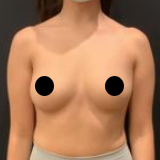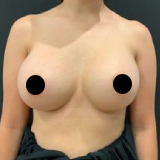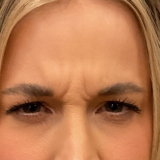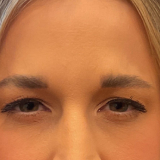Botox was the first neurotoxin on the market and has been an incredible advancement in the treatment of facial aging. The uses for Botox have continued to increase as our experience with the product has continued to grow over the past several decades.
There is a concept of resistance to Botox that can occur over time with continued use of the product after several years. When patients begin to develop resistance or are no longer achieving lasting results, there are several options that may help them maintain their results for a longer time.
The first option is to prevent resistance by rotating the neurotoxins used to treat your wrinkles. This means using a product such as Botox, and then you can use an alternative product such as Xeomin or Dysport for your subsequent treatment. The neurotoxin treatments are very similar but differ in the surrounding protein around the active neurotoxin that creates the desired effect. It is this surrounding protein that the body can recognize and generate resistance to. Xeomin is a unique product in that it does not have a surrounding protein, and in theory, the body would be unable to develop resistance.
When patients develop resistance, the second option is to switch patients to an alternative neurotoxin such as Xeomin permanently. This will allow the patient to treat their fine lines and wrinkles effectively. Because Xeomin does not have surrounding protein, it is unlikely that the resistance developed towards Botox would affect Xeomin’s mechanism.
If you have been treated with Botox and are no longer achieving the treatment length that you were previously, speak with your Plastic Surgeon about other toxin options such as Xeomin.





